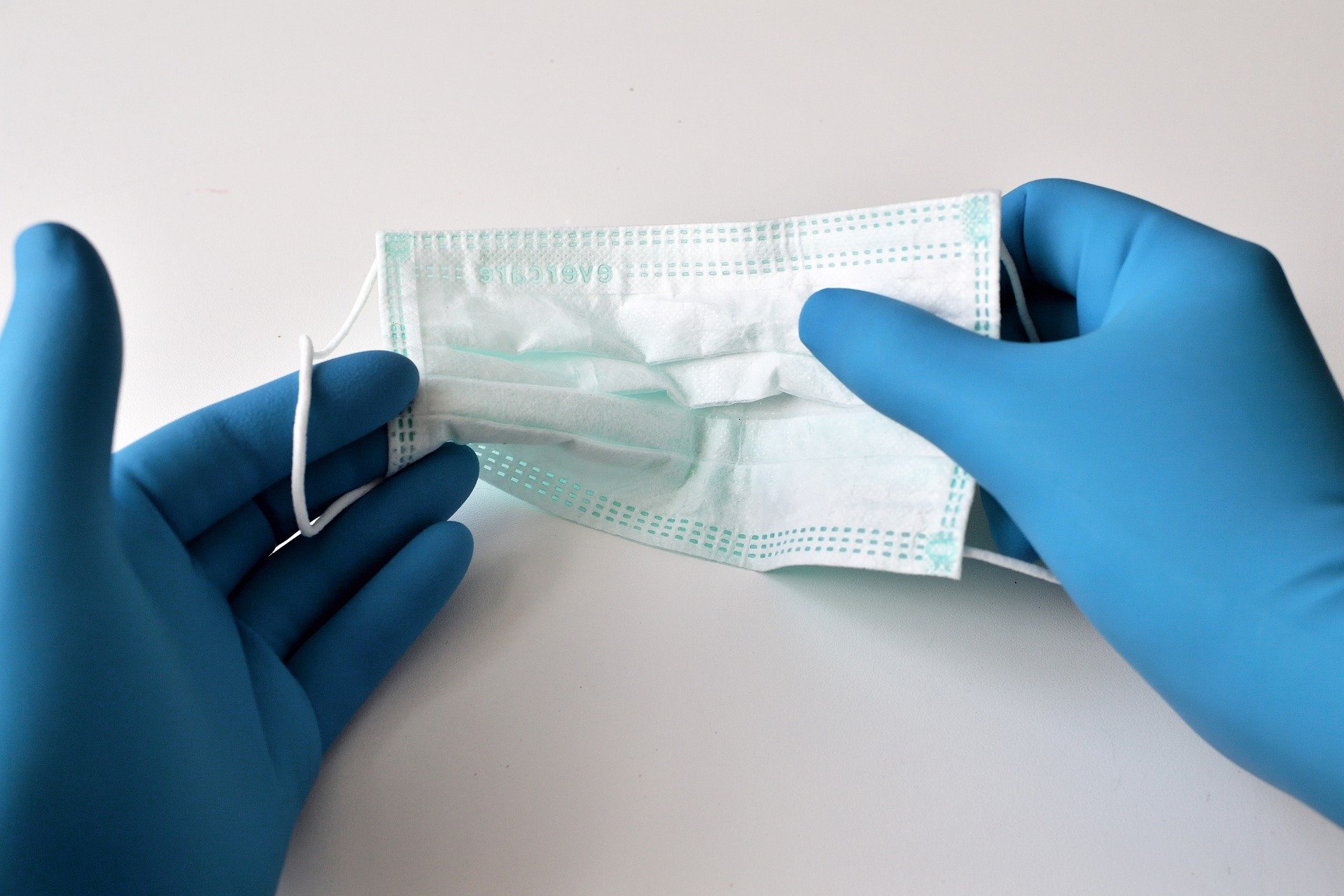Here are some key lessons and observations for governors and other leaders who need ventilators and other equipment needed to fight coronavirus.
Over the past two weeks, Milken Institute executive director Kevin Klowden writes about bridging the gap between government, private medical providers and suppliers of medical equipment with the goal of getting as many sets of personal protective equipment and ventilators to nurses and doctors in the United States facing COVID-19 as possible.
This is not my normal job by any means, as I run a division of a Los Angeles-based economic think tank focused on policy outcomes. But thanks to the efforts of a few motivated contacts, we have been able not only to help governments and medical providers purchase hundreds of thousands of N95 masks, gowns and related items, but also to reveal just how unprepared state and local governments are to navigate the world of international imports and procurement.
Here are some key lessons and observations for government leaders, and those helping them procure needed medical supplies:
- There are not nearly enough masks, ventilators or supplies present in the United States to meet demand. Even with manufacturing ramping up, this means governments must be willing and able to order supplies from overseas, particularly China and Southeast Asia.
- There is a significant difference between a U.S. Food and Drug Administration-certified manufacturer (such as those who work with U.S. companies like 3M), and companies who are jumping on the demand for masks and selling products that are not meant for medical use.
- Most Asian firms operate based on relationships, often developed over years. Unless you happen to be the U.S. president and can ask the president of China to intervene personally, building a trusted relationship in the middle of a crisis is very hard.
- Asian manufacturers operate the way most international importers do, especially during times of crisis: They want full payment up front, regardless of the customer. As most governments are not legally allowed to pay in full up front, this creates an additional barrier.
- Start the process of acquiring masks, ventilators and other supplies now. Don’t wait. Getting imported products takes at least a week unless the products are in stock and can be delivered by air freight.
- Contact different importers and suppliers to work out a strategy. The market is getting increasingly chaotic, and the federal government authorizing large-scale purchases of supplies will make it even more so.
- Work out a way to either amend regulations to allow payment up front, or work with trusted partners – or generous citizens – in the private sector who can provide the initial payment or bridge loans to make purchases possible.
- Make your plight known early to federal agencies and the public. Perhaps you can move to the front of the line for supplies from the Federal Emergency Management Agency. If not, maybe your community has a well-connected citizen who can support and arrange delivery personally.
And remember, the U. S. has not faced a pandemic in a century. No one here has the protocols or experience to manage this crisis. Do not be afraid to ask for help, and no matter what, do not wait until the last minute. The flu pandemic of 1918-19 eventually reached every state, and COVID-19 already has.
By Kevin Klowden, executive director of the Milken Institute Center for Regional Economics and California Center.
Originally published on U.S. News.





